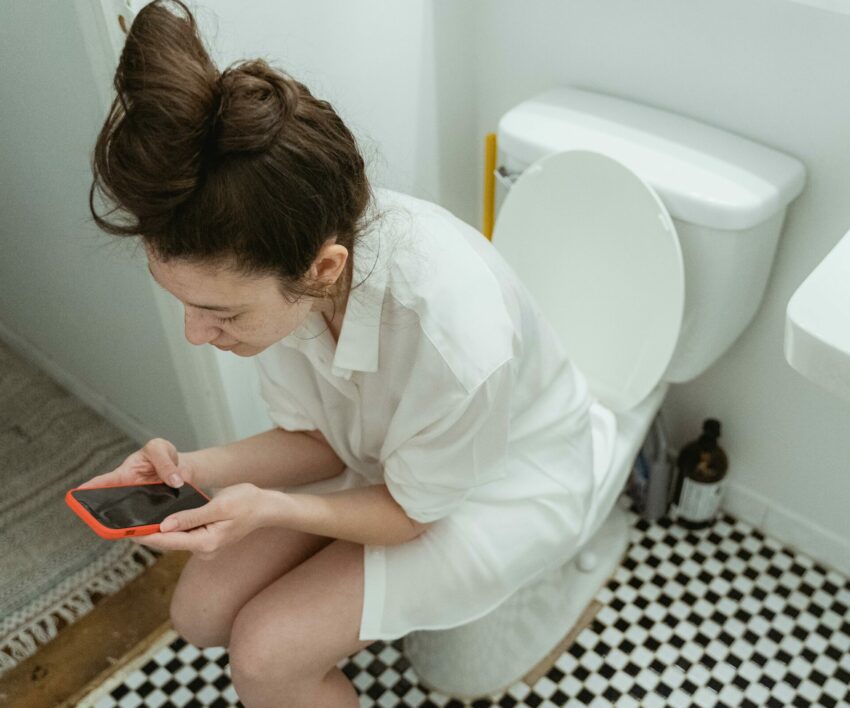
This is something you probably don’t think about a lot but it is important information to know. The colour of your pee, you might notice does change from time to time, sometimes when you have been paying enough attention you realise that it gets darker when you haven’t been drinking a lot of water, and when you have been drinking too much water, it becomes almost transparent.
You must know what all this means because when it comes to your urine colour, there is often more than meets the eye. This is what experts have to say about this matter:
Clear colour: The medical information and wellbeing publication, Healthline, states that clear urine suggests excessive water intake, potentially depleting electrolytes. “Clear urine can also indicate liver problems like cirrhosis and viral hepatitis. If you’re not consuming large amounts of water and have ongoing clear urine, you should talk with a doctor and get your urine tested.”
Dark brown: The above health hub also mentions that dark brown urine is often indicative of dehydration and can be caused by medications, foods, and medical conditions such as rhabdomyolysis, porphyria, and liver disease. “Intense physical activity, especially running, can cause dark brown urine, known as exertional hematuria. This isn’t considered unusual. When your urine is dark because of exercise, it’ll typically resolve with some rest within a few hours.”
Cloudy white: According to Supernutritious, your urine can appear cloudy, milky, or white due to excess proteins or minerals, urinary tract infections, or chyluria, a milky fluid containing fat droplets and lymph. “Chyluria can also be caused by a parasite that blocks the normal flow of lymph and redirects it to the kidneys.”
Red or pink: “If you haven’t been filling your plate with red- or purple-hued foods, you might be seeing blood in your pee,” states Health. It is further mentioned that consuming certain foods like blueberries, beets, or rhubarb can cause urine to have a pink or reddish tint, and medications may also be involved.
Blue or green: The above source also indicates that blue or green urine may be caused by a dye in food, certain medications, bilirubin or urinary tract infections, or familial hypercalcemia, an uncommon genetic disorder.
Also see: Causes of blood in urine




